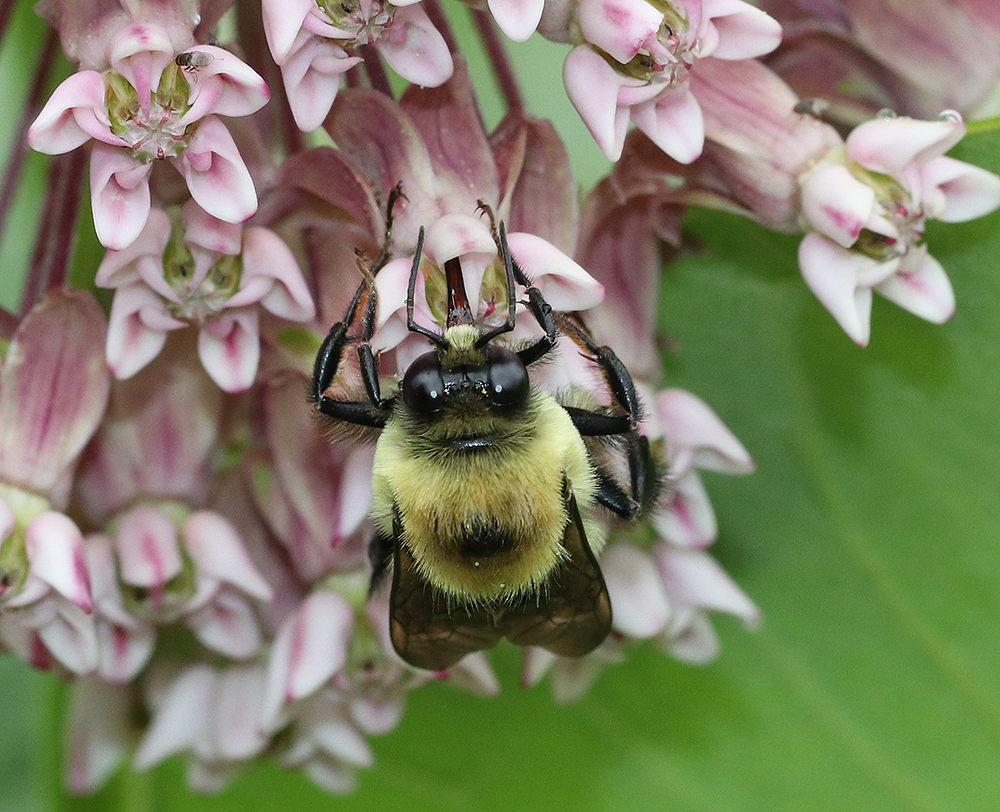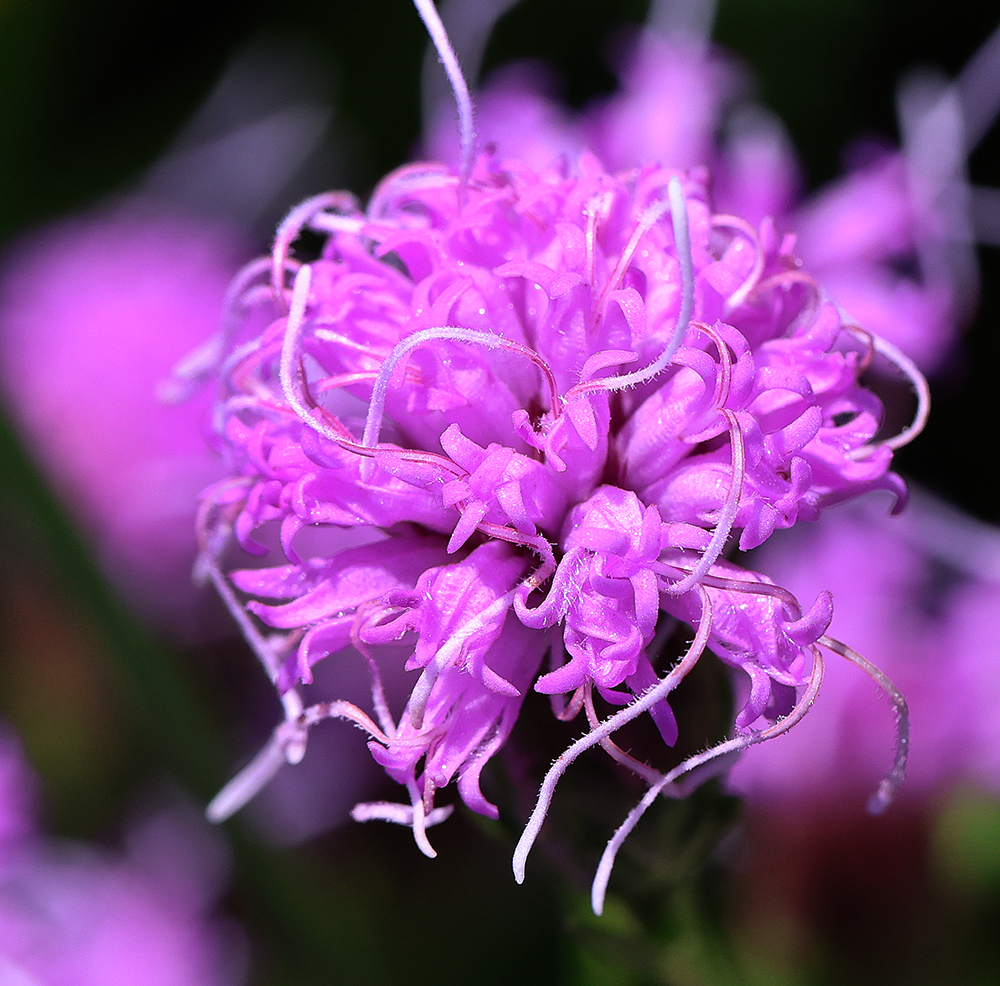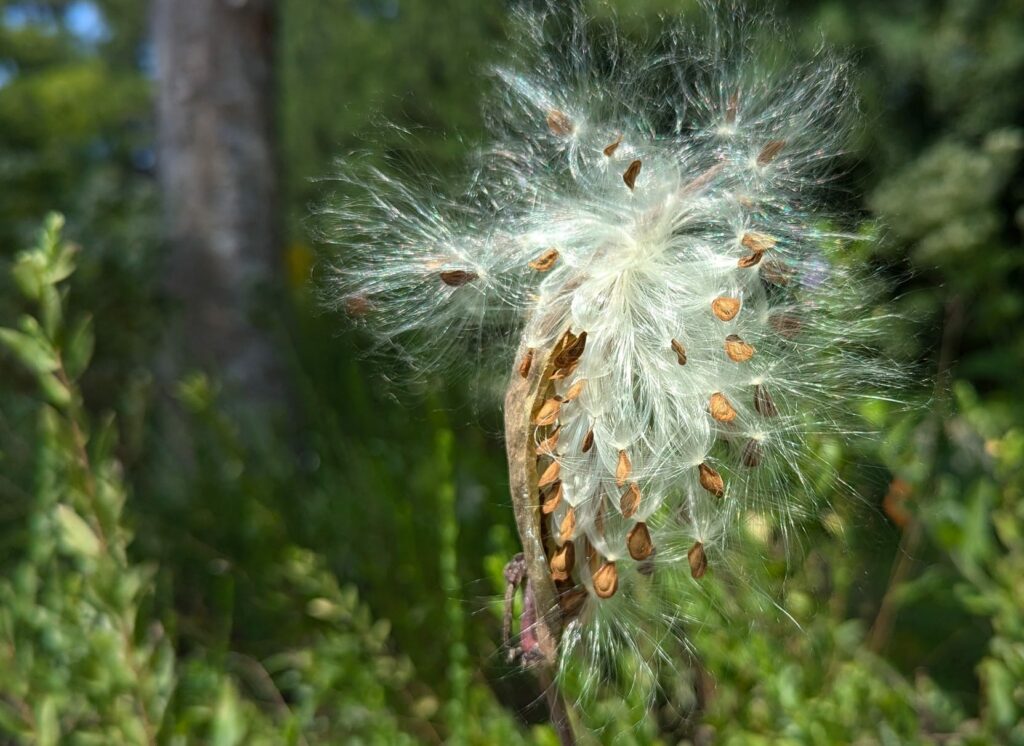Early Summer 2024 Snapshots From Extension’s Pollinator Paradise Garden
go.ncsu.edu/readext?1016377
en Español / em Português
El inglés es el idioma de control de esta página. En la medida en que haya algún conflicto entre la traducción al inglés y la traducción, el inglés prevalece.
Al hacer clic en el enlace de traducción se activa un servicio de traducción gratuito para convertir la página al español. Al igual que con cualquier traducción por Internet, la conversión no es sensible al contexto y puede que no traduzca el texto en su significado original. NC State Extension no garantiza la exactitud del texto traducido. Por favor, tenga en cuenta que algunas aplicaciones y/o servicios pueden no funcionar como se espera cuando se traducen.
Português
Inglês é o idioma de controle desta página. Na medida que haja algum conflito entre o texto original em Inglês e a tradução, o Inglês prevalece.
Ao clicar no link de tradução, um serviço gratuito de tradução será ativado para converter a página para o Português. Como em qualquer tradução pela internet, a conversão não é sensivel ao contexto e pode não ocorrer a tradução para o significado orginal. O serviço de Extensão da Carolina do Norte (NC State Extension) não garante a exatidão do texto traduzido. Por favor, observe que algumas funções ou serviços podem não funcionar como esperado após a tradução.
English
English is the controlling language of this page. To the extent there is any conflict between the English text and the translation, English controls.
Clicking on the translation link activates a free translation service to convert the page to Spanish. As with any Internet translation, the conversion is not context-sensitive and may not translate the text to its original meaning. NC State Extension does not guarantee the accuracy of the translated text. Please note that some applications and/or services may not function as expected when translated.
Collapse ▲In late 2008, I planted a demonstration pollinator garden at Chatham Mills to provide forage from early spring to late fall for pollinators such as honey bees, native bees, butterflies, flower flies, hummingbirds, beetles, and other beneficial insects. The garden features over 225 unique species of perennials, 85% of which are native to North Carolina. The garden is a great teaching tool that I use to conduct workshops and tours for hundreds of folks each year. It has taught me so much and I enjoy sharing this knowledge with others. Below you can see photos of the pollinator garden from mid-June through mid-July.
Click here for links to all the seasonal photo collections.

Black swallowtail butterfly on purple coneflower (Echinacea purpurea). Photo by Debbie Roos.

Bumble bee on common milkweed (Asclepias syriaca). Photo by Debbie Roos.

Unfurling leaves of coastal joe-pye weed (Eutrochium dubium). Photo by Debbie Roos.

Eastern tiger swallowtail on common milkweed (Asclepias syriaca). Photo by Debbie Roos.

Bumble bee on buttonbush (Cephalanthus occidentalis). Photo by Debbie Roos.

Bumble bee foraging on native nodding onion (Allium cernuum). Photo by Debbie Roos.

Virginia creeper (Parthenocissus quinquefolia) vine that has been targeted by leafcutter bees. The female bee cuts sections of the leaves to line the nest cavity. Photo by Debbie Roos.

Butterfly weed (Asclepias tuberosa) with prairie poppy mallow (Calllirhoe involucrata). Photo by Debbie Roos.

Parking lot island bed in late June. Photo by Debbie Roos.

Staghorn sumac (Rhus typhina ‘Tiger Eyes’) with hoary skullcap (Scutellaria incana). Photo by Debbie Roos.

Second instar cecropia caterpillars on buttonbush (Cephalanthus occidentalis) in late June. Photo by Debbie Roos.

Third instar cecropia caterpillar on buttonbush. Photo by Debbie Roos.

Nice combination of stoke’s aster (Stokesia laevis) with Ontario blazing star (Liatris cylindracea), Arkansas bluestar (Amsonia a hubrichtii), and mountain mint (Pycnanthemum sp.). This species of Liatris is native to Alabama, Tennessee, and the mid-west all the way north to Ontario. Photo by Debbie Roos.

Ontario blazing star (Liatris cylindracea). Photo by Debbie Roos.

Close-up shot of the bloom of Ontario blazing star (Liatris cylindracea). Photo by Debbie Roos.

Pipevine swallowtail caterpillar on woolly Dutchman’s pipe (Aristolochia tomentosa). This is the second brood of the year. Photo by Debbie Roos.

Clasping milkweed (Asclepias amplexicaulis) dispersing seed. Photo by Debbie Roos.
For more information:
Pollinator Paradise Garden website
What’s in Bloom in the Pollinator Garden – updated bi-weekly!


